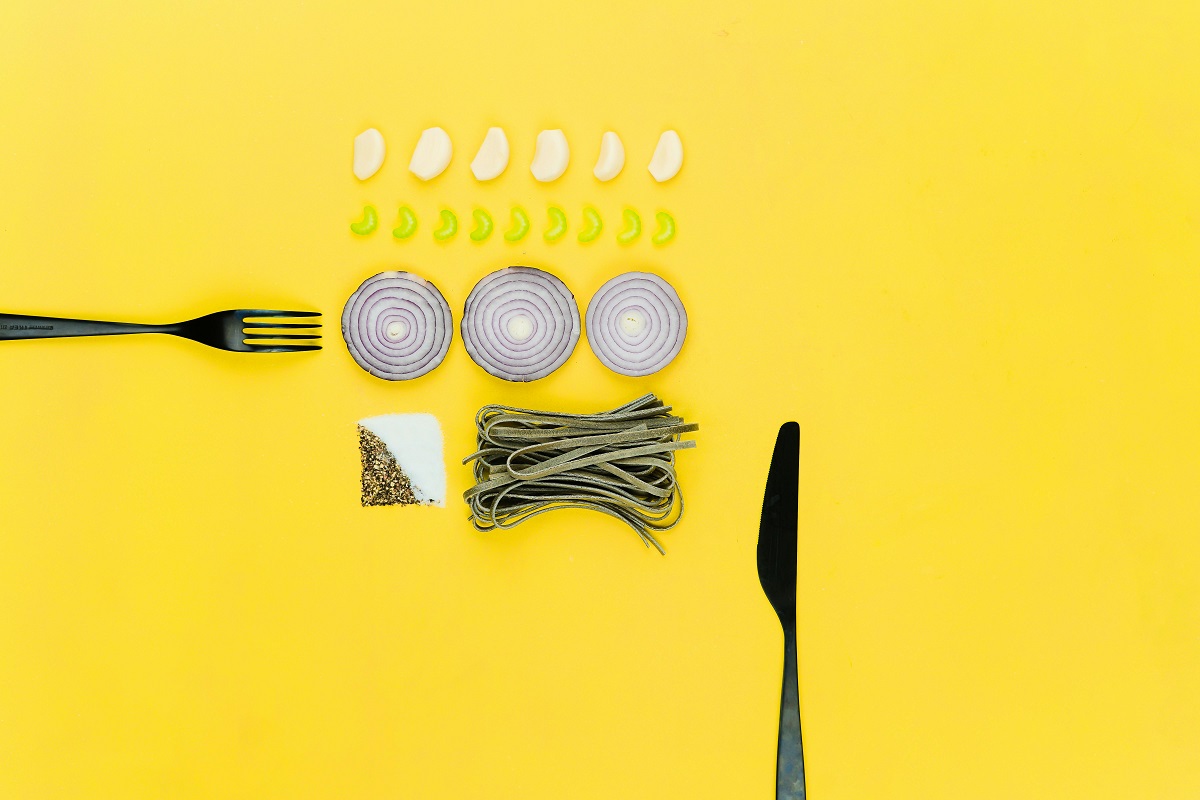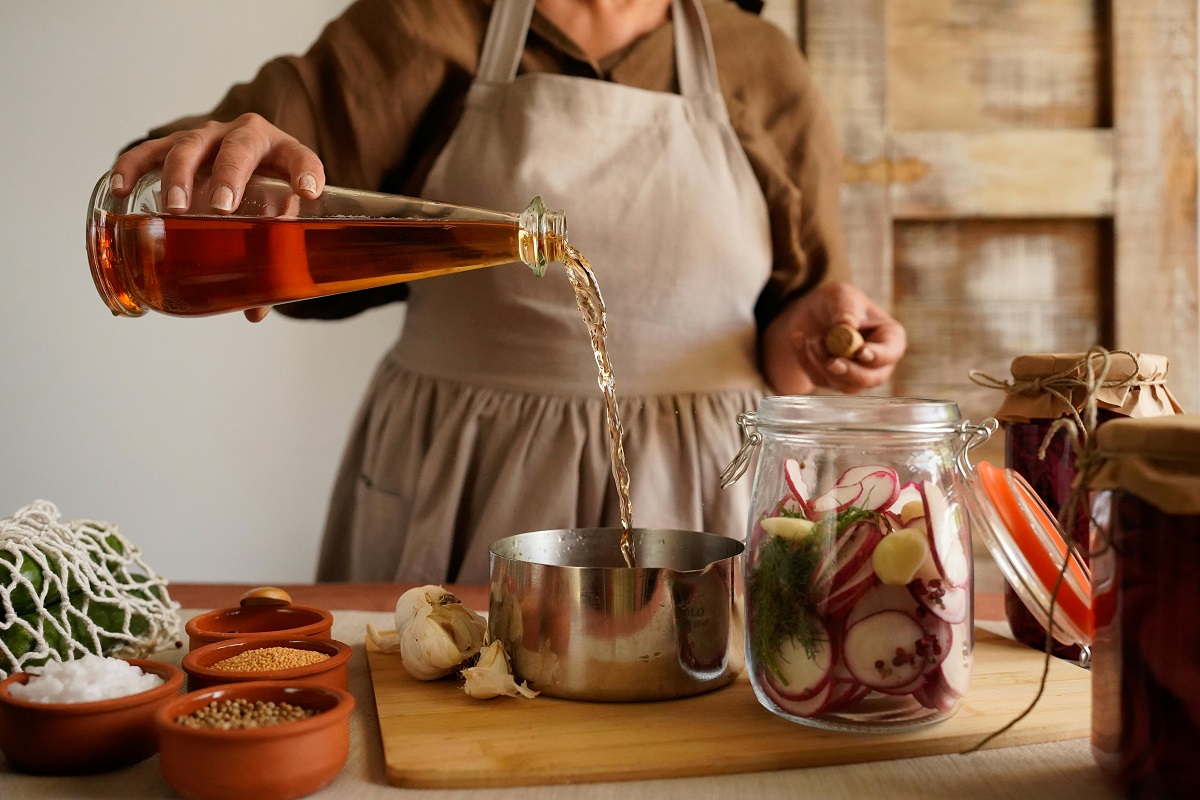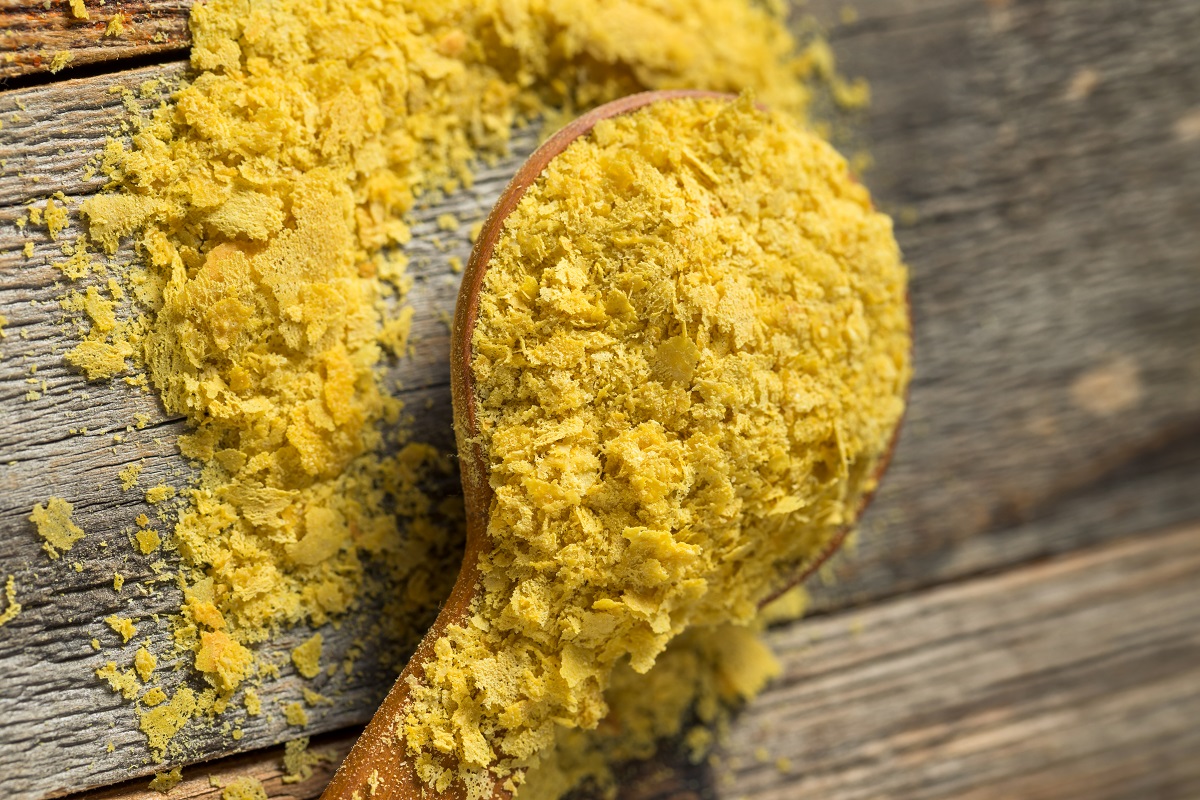If you want to reduce sodium without sacrificing flavor, there are plenty of ways to spice up your meals. Instead of salt, use herbs, spices, and fresh ingredients like garlic, onions, and citrus to enhance flavor. Simple swaps can help you enjoy heart-healthy meals that are vibrant and delicious, all while keeping your sodium intake in check.
Use Fresh Herbs

Fresh herbs like basil, cilantro, parsley, and mint can provide a burst of flavor without any added sodium. They bring a fresh, vibrant taste to your dishes that complements almost any type of cuisine. Chopping them finely and adding them at the end of cooking helps preserve their natural aroma and brightness. You can also mix herbs into dressings or sauces to enhance the flavor profile of your meals.
Experiment with Citrus

Lemon, lime, and orange zest are great ways to bring a tangy, fresh flavor to your dishes. The acidity from citrus can brighten up everything from grilled vegetables to meats and even desserts. It also helps to balance out rich or fatty flavors, making your meals feel lighter. Try squeezing fresh citrus juice or adding zest to your dishes for a flavor-packed punch.
Add Garlic and Onion

Garlic and onion are key ingredients in many dishes, offering natural sweetness and depth of flavor without any salt. They also have numerous health benefits, including boosting your immune system and improving digestion. Roasting garlic or sautéing onions can release their natural sweetness, adding complexity and richness to your meal. Try adding them to soups, stews, or sauces to create a savory base without the need for extra salt.
Use Vinegar

Vinegar can work wonders in balancing and enhancing the flavors of your dishes, especially in salad dressings, marinades, and sauces. Balsamic vinegar adds a rich, slightly sweet flavor, while apple cider vinegar has a tangy, fruity taste. Just a splash can help elevate the entire dish, giving it that necessary acidity to round out the flavor. Experiment with different varieties of vinegar for unique taste experiences.
Try Miso Paste

Miso paste, made from fermented soybeans, adds a savory umami flavor to your meals, perfect for soups, broths, and sauces. This ingredient is naturally salty, but a little goes a long way, helping you reduce overall salt usage. Miso also has health benefits, supporting gut health and providing a rich source of probiotics. Its deep, earthy flavor makes it an excellent substitute for salt in many recipes.
Use Nutritional Yeast

Nutritional yeast is a popular ingredient for adding a cheesy, savory flavor to dishes without any dairy or added salt. It’s a great topping for pasta, popcorn, roasted vegetables, and salads. Packed with vitamins, especially B-vitamins, nutritional yeast offers a healthy way to enhance the flavor profile of your meals. Try sprinkling it over meals to give your dish that extra boost of flavor.
Related Post: 15 Sneaky Foods That Could Be Sabotaging Your Blood Sugar
Make Your Own Spice Blends

Mixing your own spice blends is a great way to create personalized flavors without relying on salt. You can combine ingredients like cumin, coriander, turmeric, cinnamon, and oregano to suit your taste preferences. Homemade spice blends allow you to control the ingredients and experiment with different flavors for a unique twist on your dishes. Try adding them to roasted vegetables, grains, or meats for a complex, flavorful punch.
Related Post: Best Stand Mixers For Kneading Bread Dough
Use Tahini

Tahini, made from ground sesame seeds, adds a creamy, nutty flavor to your meals that enhances both savory and sweet dishes. It’s perfect for dressings, sauces, or as a topping for roasted vegetables. Tahini can help add a rich, hearty flavor without needing to reach for the salt. Plus, it’s high in healthy fats and packed with nutrients.
Related Post: Different Types of Pastry and Their Uses
Sprinkle Some Seaweed

Seaweed is a nutritious and flavorful ingredient that can add a subtle umami taste to your meals. It’s great for making seaweed salad, sprinkling on sushi, or adding to soups. It’s naturally rich in minerals like iodine and is a low-sodium way to bring depth to your dishes. Try incorporating different types of seaweed like nori, dulse, or wakame for variety.
Related Post: Before Avocado Toast These 12 Sandwiches Were Lunchtime Royalty
Make Your Own Salsa

Salsa made from fresh tomatoes, cilantro, onion, lime, and chili peppers is a flavorful way to spice up your dishes. It’s low in calories and naturally free from salt, but packed with tangy and spicy flavor. Use it as a topping for tacos, grilled meats, or even as a dip for vegetables. Homemade salsa lets you control the ingredients and avoid preservatives found in store-bought versions.
Related Post: KitchenAid Classic vs Artisan vs Professional
Try Pomegranate Molasses

Pomegranate molasses is a tangy-sweet syrup made from reduced pomegranate juice, and it’s a perfect addition to many Middle Eastern and Mediterranean dishes. It has a rich, fruity flavor that pairs well with roasted vegetables, meats, or salads. Just a drizzle is all you need to add complexity and sweetness without reaching for the saltshaker. Its tangy notes make it an excellent finishing touch for many dishes.
Related Post: How to Keep Bread from Molding: Easiest Ways
Add a Dash of Cinnamon

Cinnamon is a wonderful spice to add to your dishes, bringing a sweet warmth that can enhance both savory and sweet recipes. While typically used in baking or desserts, it also pairs well with roasted vegetables, stews, and even meats like pork. It adds a hint of sweetness and depth to your dishes, helping you reduce the need for salt while bringing balance to your flavors.
Related Post: 12 Irresistible Recipes You Will Find Yourself Making on Repeat
Reducing your salt intake doesn’t have to mean sacrificing flavor. By exploring different spices, herbs, and seasonings, you can create meals that are bursting with taste and nutrition. Experimenting with new ingredients and flavors can open up a world of exciting culinary possibilities while supporting your overall health!
Disclaimer: This list is solely the author’s opinion based on research and publicly available information.
12 Simple but Powerful Tricks to Make Any Meal Taste Incredible

A great meal isn’t just about following a recipe it’s about knowing the little tricks that elevate flavors and make every bite unforgettable. With a few simple adjustments, you can transform even the most basic dishes into restaurant-quality meals. From balancing flavors with a touch of acid to enhancing depth with umami-rich ingredients, these 12 easy yet powerful tricks will take your cooking to the next level. Whether you’re a seasoned chef or a home cook looking to up your game, these tips will help you create dishes that are bold, flavorful, and absolutely delicious. Get ready to unlock the secrets to making every meal taste incredible!
Read it here: 12 Simple but Powerful Tricks to Make Any Meal Taste Incredible
15 Forgotten Dinners We’re Dying to Bring Back

In a world of constantly evolving food trends, some classic dinner dishes have unfortunately fallen into obscurity. These meals might not be trending on Instagram right now, but they’ve got flavors and nostalgia that deserve a second chance. From hearty casseroles to comforting one-pot wonders, these forgotten dinners hold a special place in our hearts. Here are a couple dinners we’re dying to bring back.
Read it here: 15 Forgotten Dinners We’re Dying to Bring Back
12 Secret Ingredient Hacks That Make Any Dish Taste Better

Sometimes, the difference between a good dish and an unforgettable one comes down to a single unexpected ingredient. Most of these secret ingredients are probably already in your kitchen, just waiting to be discovered. So, get ready to impress yourself and everyone else with these 12-genius flavor-enhancing hacks. Let’s dive in!
Read it here: 12 Secret Ingredient Hacks That Make Any Dish Taste Better
